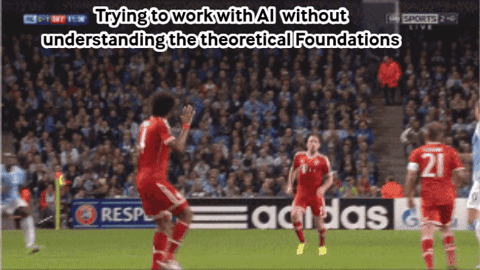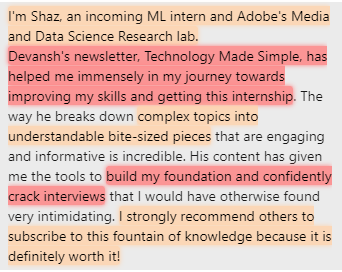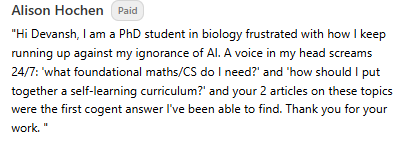How to Teach Yourself Complex Math while Living Your Life
The approach I use to research cutting edge topics in Math, Computer Science, and AI.
Math has quietly become a baseline literacy for anyone serious about understanding modern technology. You don’t need to be a mathematician. But if you work anywhere near AI, data, or engineering, some level of mathematical thinking is non-negotiable.
Learning math isn’t about solving equations or memorizing definitions. It’s about being able to evaluate claims, understand tradeoffs, and recognize the logic that separates breakthroughs from noise. A solid grasp of core ideas helps you judge whether a new development is meaningful, how much attention it deserves, and what second-order effects to expect.
Without that grounding, you’re always at the mercy of surface-level explanations—and the loudest voice in the room. W/o mathematical thinking, you will be another educated sucker who believes the same expert who says that infinite context LLMs will remove the need for RAG one week and does webinars on Context Engineering the next.
In today’s article, I’m going to share the framework I used to teach myself the math behind machine learning and research. This framework is-
Free: The core framework uses freely available resources. You can supplement with paid material if needed, but everything essential is accessible. I used this approach to reach the cutting edge without leaving my job or paying for structured programs.
Flexible: This method applies across domains—data structures, computational theory, higher math, AI research, and more. It also works for both technical and non-technical readers. The only thing that changes is how deep you choose to go (this guide can help you calibrate that).
Fast: This framework will yield results in days. For example, it took me 4 days (~70 hours to be precise) to go from knowing nothing about Sheaf Theory to analyzing a paper on applying Sheafs in AI and writing code to validate some ideas on them. The resulting outcome included this breakdown on the topic, which was verified by several experts in Sheaf Theory. That’s not an exception—I regularly use this framework to break into new research streams in 2-3 days.
As a final proof of effectiveness, I used to tutor people in AI, Coding Interviews and more (my second newsletter was, at one point of time, dedicated to cracking interviews specifically). I applied this framework w/ several people, leading to remarkable success in their interview process (I was so confident in this that I offered the most generous refund policy out of anyone in the space: complete refund within 6 months if you were unhappy w/ the results, no questions asked).
Since this is a paywalled article, I want to be upfront about who this article will be most useful to. Here are some caveats for people who wouldn’t benefit-
It’s active, not passive. You’ll have to think critically, challenge assumptions, and deal with uncertainty. If that’s overwhelming, start with a mentor or use AI tools carefully to scaffold gaps. (Note: AI doesn’t handle cutting-edge math well unless prompted extremely precisely.)
It’s a method for how to learn, not what to learn. You’ll still have to choose your own topics. If you’re unsure, start with our guide on What Math do you need to be Good at AI or refer to our monthly AI market reports for the most important updates in AI.
Learning how to use this framework effectively can take time. Progress here comes from exposure, repetition, and seeing the same principle from multiple angles in various contexts. If you're looking for a shortcut or a perfectly linear curriculum, this won't provide it. But if you’re building long-term capability, it will compound until you’re tackling cutting-edge spaces in a manner of days.
The system optimizes for strategic insight, not encyclopedic knowledge. I developed this to gain practical insight into topics (why something works, how to implement it, and challenges associated) quickly. However, this will leave some gaps in your knowledge. Unless you’re a technical person in that particular field, these gaps won’t cause any problems, but know that this approach won’t give you the more complete understanding gained from bottom-up studying in traditional math courses.
In other words, if you’re willing to put in the work and consistently think about where you should put your energy, the framework will make you self-reliant for learning about AI. Whether or not that is appealing to you is a decision you have to make for yourself.
To access the full article—and all premium breakdowns going forward/written prior—upgrade to a premium subscription below.
Each piece is rigorously researched, built from firsthand signals, and written to make you sharper than the noise. It takes a long time for me to compile, analyze, and verify research. If you believe deep insight deserves support, become a premium subscriber to allow me to keep doing the same.
Flexible pricing available—pay what matches your budget here.
Supporting this work doesn’t have to come out of your pocket. If you read this as part of your professional development, you can use this email template to request reimbursement for your subscription.







